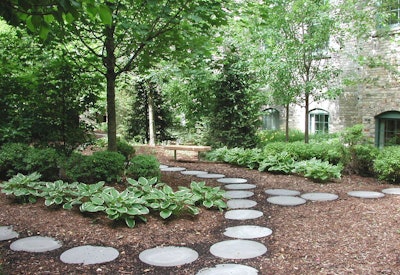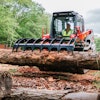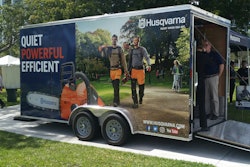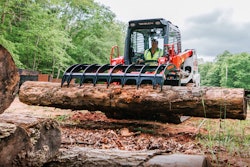
As more people move into cities around the world, the time we spend in forests and parks is decreasing. According to the Global Green Space Report, conducted by Husqvarna Group:
- One in three are dissatisfied with the amount of time they spend in green spaces
- Half think that schools should take responsibility for this by scheduling green time for children
- Improved health and well-being are among the reasons given for why we should address the increasing imbalance between grey and green in our lives.
Check out this interesting infographic.
What the Husqvarna study shows
There is a "green gap" between what people want and how they behave. Something that unites all the countries is the belief that green spaces have the ability to affect people's quality of life (i.e. happiness and well-being). Roughly 91% of all respondents in the study believe that forests, parks and gardens have a positive effect on our quality of life. According to the respondents in the study, interaction with green offers more for our well-being than our jobs, sex lives, money or religion. Furthermore, 89% state that access to green should be considered as a human right.
But despite this, the time people spend in green spaces is decreasing all over the world. In total, five of nine countries in the study show that the time spent in forest and parks has decreased compared with five years ago. Roughly 40% visit parks only once every three months or less often. When it comes to forests, people spend even less time.
Children experiencing less time in green. One group that distinguishes itself in the study is parents with young children; they are more often in forests and parks than any other group, regardless of country. Despite this, 65% of all parents believe that today's children spend less time in green spaces than they did when they were young. According to the study, only 48% of the parents have taken their children to a forest once in the past three months or more often. This "generation gap" is also apparent in relation to park visits. A majority (76%) of all respondents think that children today should spend more time in green spaces.
Re-connect with green. A key finding from the report is that green feeds green; the more contact people have with green spaces, the more they seek. When asking how to solve the green gap, people in Poland (68%) believe that the best way is by scheduling green time in school. In France, however, it is believed that politicians have the best ability to increase time in forests and nature. In the United States it is thought that commitment by private individuals is the best way to increase access to nature.
Generally, the study clearly shows that there is a great desire in all countries to contribute individual time, knowledge and money to help maintain public green spaces. The greatest desire comes once again from the parents of young children, where 62% are willing to offer their time, 39% are willing to offer their knowledge, and 35% would be willing to give money in order to create a greener environment.
The study was conducted in nine countries to explore people's relationship to and interaction with forests, parks and gardens. The study is presented in Husqvarna's Global Green Space Report 2013, in which 4 500 people in Sweden, China, Russia, the United States, Germany, Canada, Australia, Poland and France participated.














![Doosan Bobcat Wacker Neuson Stack 2ec Js Pb V6e[1]](https://img.greenindustrypros.com/mindful/acbm/workspaces/default/uploads/2025/12/doosan-bobcat-wacker-neuson-stack2ecjspbv6e1.CPyyz8ubHn.png?ar=16%3A9&auto=format%2Ccompress&bg=fff&fill-color=fff&fit=fill&h=135&q=70&w=240)



